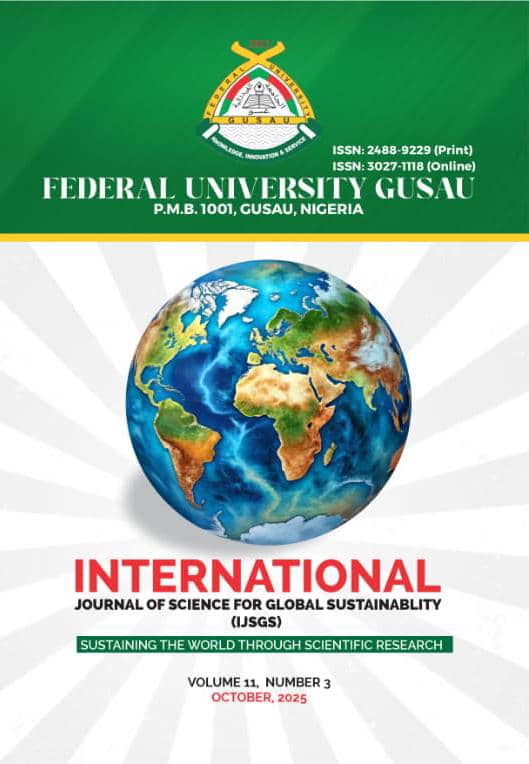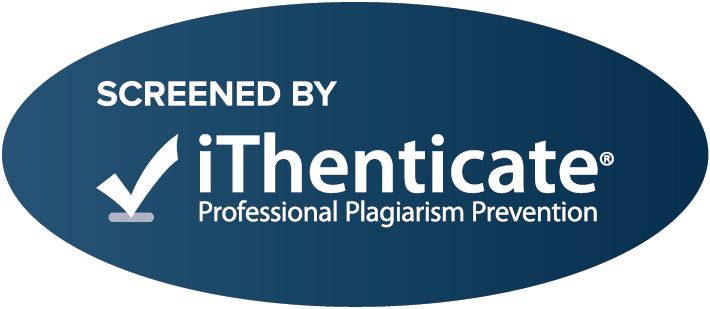Two–State Stochastic Model with Application to the Nigeria’s Labour Market
DOI:
https://doi.org/10.57233/ijsgs.v11i3.928Keywords:
Unemployment, Stochastic Model, Modified Exponential Distribution, Labour Market, Nigeria.Abstract
This research seeks to address the critical issue of unemployment in Nigeria by developing a two-state stochastic model to analyse transitions between employment and unemployment states in the labour market. Traditional models, such as ARIMA, rely heavily on historical data and are limited to short-term predictions. To overcome these limitations, a Modified Exponential Distribution (MED) is introduced in this work that can model long-term transition probabilities, contrasting it with the conventional exponential distribution (ED). The model is applied to Nigeria's labour market, segmented into public and private sectors, with the private sector further divided into formal and informal sectors. Key findings reveal that the MED is more suitable for long-term analysis, showing gradual transitions, while the ED predicts rapid changes, ideal for short-term forecasts. Regional analysis highlights disparities across Nigeria's geopolitical zones, with the South-East and South-South exhibiting the highest unemployment and employment probabilities, indicating dynamic but unstable labour markets. The private sector dominates employment absorption, offering an 82% probability by year 10, compared to 18% in the public sector. Similarly, the informal sector provides immediate employment but plateaus early, while the formal sector shows steady growth, suggesting long-term stability. The study underscores the need for targeted policies to address regional imbalances and promote formal sector growth. It recommends prioritizing private sector opportunities for job seekers while advocating for structural reforms to enhance formal employment. By providing a robust framework for long-term labour market analysis, this research contributes to informed policy-making and economic planning in Nigeria.
Downloads
Published
How to Cite
Issue
Section
License
Copyright (c) 2025 Author(s)

This work is licensed under a Creative Commons Attribution 4.0 International License.












